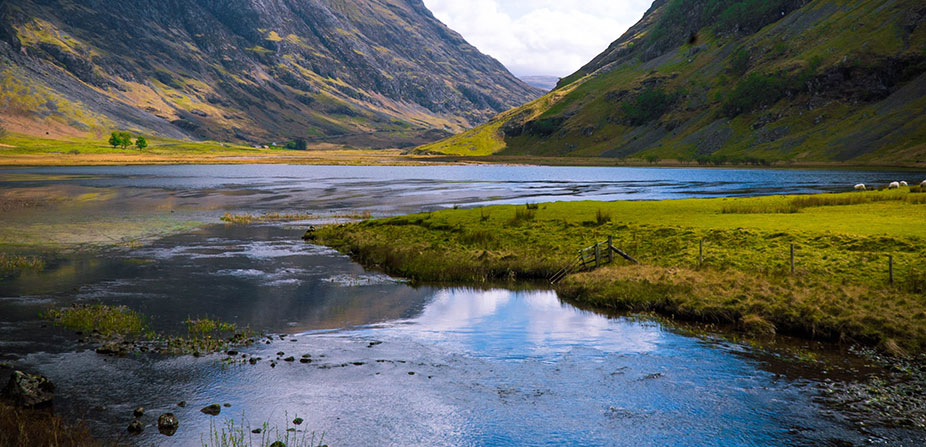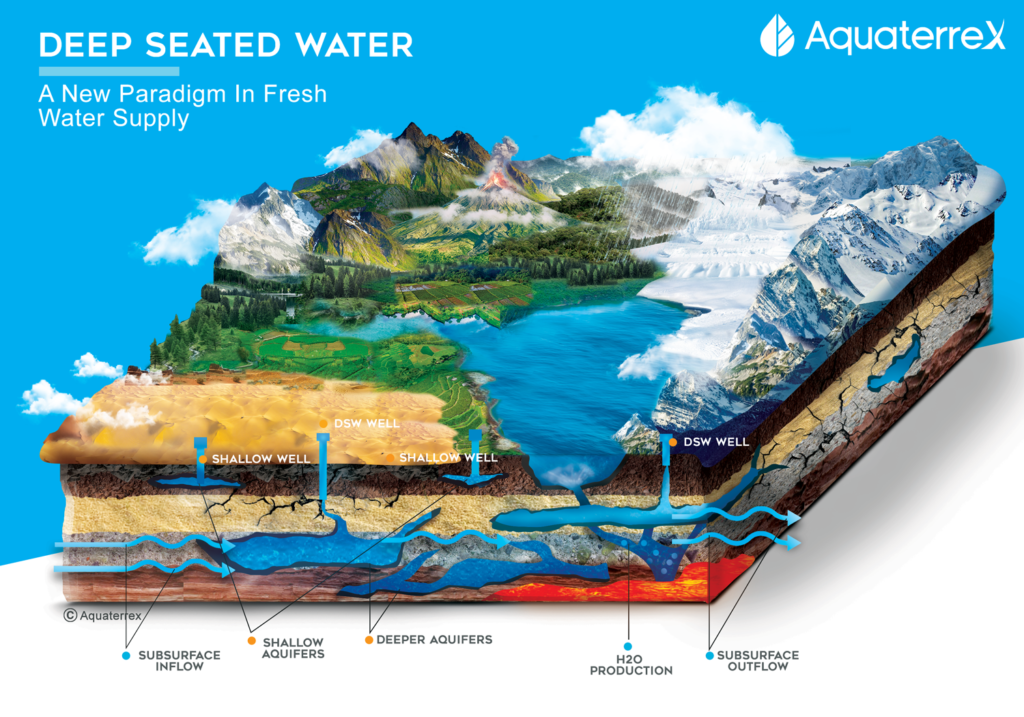
Solving The Water Crisis – Let Our Shallow Aquifers Recharge
Why be concerned with recharging our shallow aquifers? Well, alarming headlines about drought and the global freshwater crisis are splashed across the media from Sacramento to Cape Town and Dubai. Just as alarming are the draconian “solutions” being mandated to reduce water usage or prevent economic growth.
Let Our Shallow Aquifers Recharge
There is one solution that may seem counter-intuitive, but is a real answer worth considering. Let our shallow aquifers recharge. That is, let the aquifers (a body of permeable rock which can contain or transmit ground water) that are not deep, replenish their supply of water (recharge) by not overdrawing water. In other words, tap an alternative source of water in order to allow the shallow aquifer to naturally replenish itself, or even conduct aquifer recharging through Managed Aquifer Recharge or Aquifer Storage and Recovery methods. The key is to take the pressure off of the shallow aquifers. After all, According to the US National Groundwater Association, groundwater is the world’s most extracted raw material. 70% is used for agriculture while also providing almost half of all drinking water worldwide NGWA facts.
Deep Seated Water – An Almost Unlimited Alternative Source
How do you take the pressure off the shallow aquifers? You tap an almost unlimited source of fresh water. Deep Seated Water.
Deep Seated Water (DSW), is groundwater, typically sourced from deep aquifers that are located lower than shallow aquifers. Such deep aquifers are supplied not only from local catchment basins but also by subsurface inflows across basin boundaries. Deep Seated Water also encompasses water created at the mantle level of the Earth under extreme heat and pressure.
Twenty years ago, a team of Japanese scientists, utilizing modern-day remote sensing equipment, published a peer-reviewed paper in the magazine SCIENCE discussing the fact that they discovered (and confirmed) there is five times as much fresh water in the mantle of the planet as there is in the oceans on the surface (although they had no idea how to access it). Since then, there is a growing acceptance in scientific circles regarding the production of water from sources in the earth’s mantle Water in Earth’s Lower Mantle (science.org).
Indeed, the U.S. National Groundwater Association states that there is an estimated 22.6 million cubic kilometers (km3) in the upper two kilometers (6,562 feet) of the earth’s crust. A cubic kilometer is approximately 264 billion gallons. Today’s global water usage is about 3,714 km3 per year. That means there is 6,000 years of water available at today’s consumption rates, if you can reach it.
Although geologists have known for many decades about deeper aquifers that are recharged by subsurface flows of water over long distances, the challenge has been how to tap that source without having to drill wells several kilometers deep. Once again, only with the introduction of cutting edge technology can we locate the natural channels and pathways that lead to these vast underground rivers and lakes so that the water can be accessed through wells averaging less than 200 meters deep. With over 1500 wells successfully produced, this technology has been refined to the point where in many cases we can find water where others say, “No water can be found.”
DEEP SEATED WATER – THE MISSING PIECE

Deep Seated Water is the Missing Piece that can solve the water crisis puzzle and allow shallow aquifers to recharge. Many water strategies focus on conservation, rather than additional supply. Other solutions such as desalination and wastewater treatment are potential answers for some, but they also come with trade-offs such as high cost, high energy usage, long planning periods and toxic waste. Deep Seated Water is located almost everywhere on the planet, and it can be added to the mix of solutions as a supplemental freshwater source that is not subject to pollution, is fast and easy to implement and is economical and scalable. And, tapping Deep Seated Water allows both surface water and shallow aquifer sources to recharge, making the total system more environmentally sustainable.
Solving the Global Water Crisis
By 2025, 1.8 billion people will experience absolute water scarcity and two-thirds of the world will be living under water-stressed conditions, according to the UN Convention to Combat Desertification. Four billion people depend on shallow groundwater aquifers for drinking and food production, with more of that water becoming contaminated every day from pesticides, chemicals and other contaminants. Even developed regions like the United States, Australia and Southern Europe are grappling with drought and water contamination. It’s time to consider additional solutions that we are literally sitting on.
